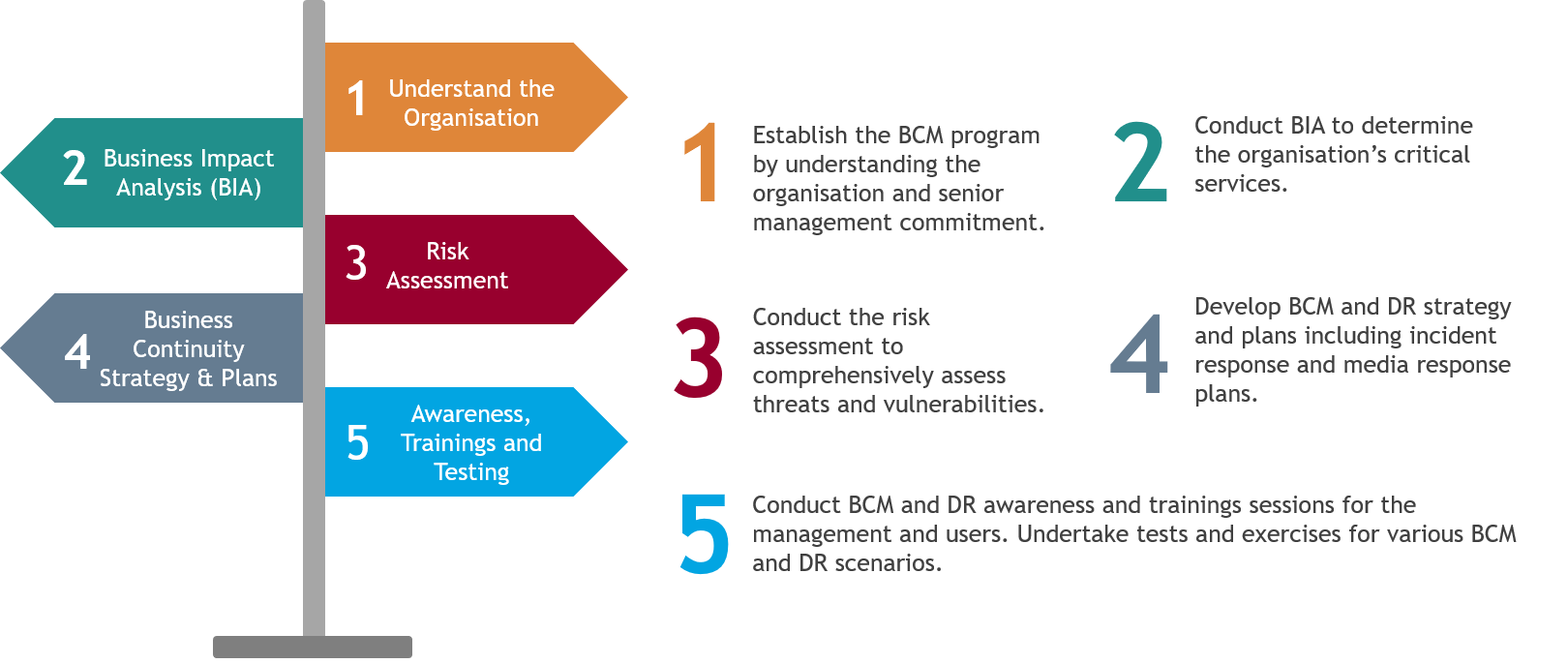
Dr. Madan Mohan
In today’s world, there is a growing need to ensure businesses is resilient and maintain “business as usual” state even during disruptions. We can increasingly see businesses are now depending on technologies which cannot afford to have downtimes. Business downtimes can affect revenues, productivity, and customer confidence. It can also have devastating impact on the brand equity and reputation. Business Continuity Management (BCM) helps in preempting disasters, ensure proper planning and responses to disruptions. Of course, the best time to assess the business continuity preparedness is before a disaster occur, through a carefully organized and well-thought-out planning process.
When a business is facing a sudden threat, which is adversely disrupting its services and operations, its ability to quickly respond and continue the business in such cases is the key for its survival. Disasters can occur at any time, which can range from large-scale natural disasters and acts of terror to technology-related incidents, environmental incidents, economic downturns, or a pandemic. The causes of these may vary, it can be human negligence, malevolence, or natural disasters, but their likelihood and severity are no less real.
The way most of the businesses are managing their risks using the traditional approach, may not be sufficient anymore. It is not only that the companies need to develop robust business continuity programs, plans and strategy, but also needs to revamp the way they identify and analyze the risks to their businesses. Companies should invest time in conducting detailed business impact analysis, risk assessments, and train their departments with the importance of operational readiness in case of emergency situations.
Business Continuity Management (BCM) integrates the disciplines of Emergency Response, Crisis Management, Disaster Recovery (technology continuity) and Business Continuity (organizational/ operational relocation) and helps organizations to be resilient and continue their businesses. The key objective is to encourage a culture of business continuity preparedness.
Our team can assist organizations to develop the much needed BCM culture and implement end-to-end BCM and DR strategy and plans. Following are the steps in implementing BCM:

We provide following key services as part of BCM and DR:
Our services are based on industry standards, frameworks, and good practices such as ISO 22301 and NCEMA standard. We value our client relationships and take pride in helping them tackle their biggest challenges – whether they are expected or unexpected.